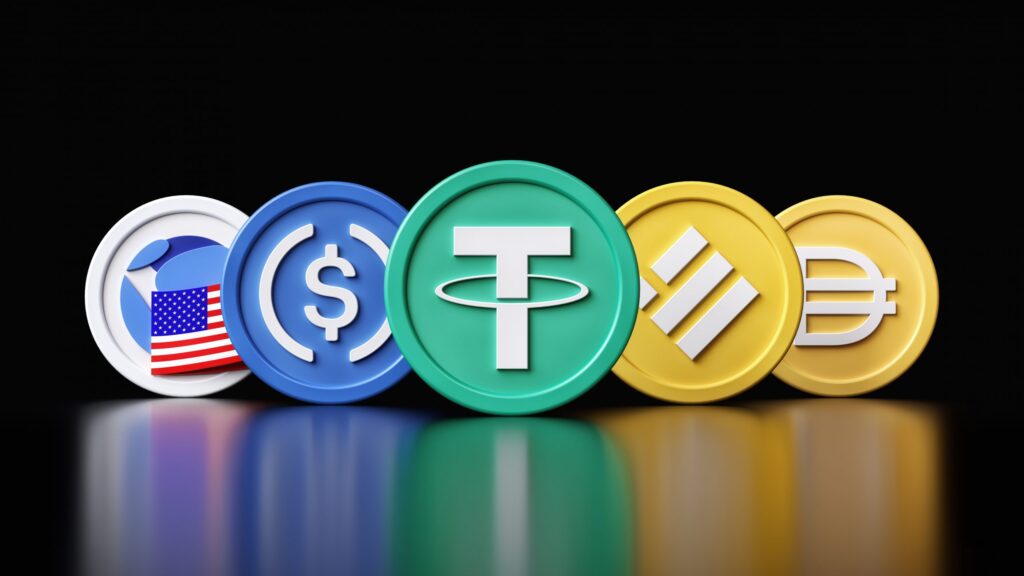Fiat-backed or crypto-backed: What’s the best stablecoin type?

Lately, there have been a lot of controversies around stablecoins due to the collapse of the algorithmic stablecoin UST. This leads us to question what type of stablecoin is the best?
So what is a stablecoin?
Stablecoins generally work the same across the board: They are cryptocurrencies minted on a blockchain is that users can buy, sell and trade on an exchange just like any other crypto coin. People can store stablecoins in their hot wallets and/or cold storage devices like they would bitcoin or any altcoin.
Most stablecoins are linked to a reserve of external assets of some kind, whether it is a stash of fiat currency, commodities like gold, or debt instruments like commercial paper, in order to maintain their integrity. Most of the time, the company or entity that creates the stablecoin has reserves equal to the number of stablecoins in circulation. This means that at any time, any stablecoin holder should be able to redeem one stablecoin token for one dollar.
The four types of stablecoins
- Fiat-backed
- Cryptocurrency-backed
- Commodity-backed
- Algorithmic
Fiat-backed stablecoins
The most popular stablecoins in the market are ones backed by fiat currency. USD coin (USDC), for instance, is fiat-backed and pegged to the U.S. dollar (USD) at a 1:1 ratio. Other stablecoins are linked to the euro, the British pound etc. egbp for instance is also backed 1:1 to the British pound so for every 1 token in circulation there is 1 pound in the reserves. This is arguable the best format of stablecoins since we can see in today’s market that USDC has maintained its position whereas other types of stablecoins haven’t.
Algorithmic stablecoins.
This stablecoin category is not backed by any “real-world” commodities and instead uses algorithms to fine-tune supply based on market demand. In short, these algorithms burn (remove coins from circulation permanently) or mint new coins based on the fluctuating demand for the stablecoin at any given time.
Cryptocurrency-backed
These types of stablecoins are cryptocurrencies that are pegged to the value of another, more established cryptocurrency. MakerDAO, for example, is one of the most popular crypto-backed stablecoins. It pools enough ether (ETH) to use as collateral for its stablecoin using a smart contract – a type of self-executing, code-based contract – alongside the Ethereum blockchain. Then, once the amount of collateral in the smart contract reaches a certain level, users can mint DAI – the MakerDAO stablecoin.
Commodity backed
Commodity-backed stablecoins, as the name implies, are tethered to the value of commodities such as precious metals, industrial metals, oil, or real estate. Commodity investors appreciate the idea of commodity-backed stablecoins because it allows them to invest in gold without having to worry about sourcing and storing it. Tether gold (XAUT) is an example of a stablecoin backed by a commodity.
So what does stablecoin need to be successful?
We believe that stablecoins that are backed 1:1 by fiat are the best in combination with regular auditing. We believe that a fiat-pegged stablecoin can only be as good as the reserves that back it up. This collateral must be regularly attested by a trusted auditor. This way, users know that they will be able to access the collateral that backs the stablecoin.